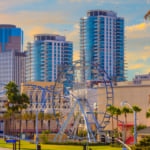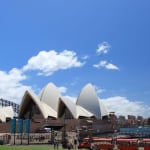Name: Tadataka Inō Memorial Museum
Address: I 1722-1, Katori City, Chiba Prefecture
Hours: 9:00 AM – 4:30 PM
![[The Road to Taiga] Special Feature on Sightseeing Spots in Sawara ◎ A Journey to Uncover the Secrets of Tadataka Inō](https://skyticket.com/guide/wp-content/uploads/2025/04/4991dbab0b857739c188d6ad9c08a6dc-1200x675.jpg)
[The Road to Taiga] Special Feature on Sightseeing Spots in Sawara ◎ A Journey to Uncover the Secrets of Tadataka Inō
This feature introduces sightseeing spots in Sawara, places associated with Tadataka Inō, and information to help you enjoy the drama “The Road to Taiga” even more.
The drama “The Road to Taiga” began airing in May 2022, and Tadataka Inō—a figure especially familiar from textbooks—has become a major topic of interest.
Tadataka Inō is known for creating the first accurate map of Japan during the late Edo period. In the drama, it’s said that “Tadataka Inō harbors a secret,” and that there’s a reason why his story can’t be turned into a Taiga drama despite the desire to do so. The storyline follows the path of uncovering that hidden secret.
Sawara, a place deeply connected to Tadataka Inō and a trending topic in 2022, is full of materials and tourist spots that enhance the experience of the drama. Take a look and see what sightseeing destinations await you.
If you're planning to tour the Sawara area—including Kasumigaura, Mito, or Tsukuba, within Chiba and Ibaraki Prefectures—a rental car is a convenient option. Choose what suits your needs.
table of contents
[x] close
[The Road to Taiga] Special Feature on Sightseeing Spots in Sawara ◎ A Journey to Uncover the Secrets of Tadataka Inō
What Kind of Place is Sawara?

Sawara has flourished as a water town since before the Edo period, serving as a relay point for water transportation along the Tone River. Until 2006, it was known as "Sawara City," but today it has been merged into Katori City, Chiba Prefecture. The JR Narita Line, which connects Abiko and Narita within the prefecture, passes through the area, and if you're coming from Tokyo by train, it takes about two hours.
Because it was its own city for 50 years, Sawara covers a fairly large area. The Tone River runs through the center, and to the north, as befitting a water town, there are sightseeing spots where you can tour seasonal flowers by wooden boat, cruise boats on the Tone River, and the roadside station “Mizu no Sato Sawara.” To the east of Sawara, you’ll find the prestigious Katori Shrine—making the area perfect for temple and shrine visits as well.
Sawara still retains parts of its old-town streetscapes, known as "Koedo" (Little Edo), and is famous for the "Koedo Sawara Boat Tour," where you can cruise through a townscape that feels like stepping back into the Edo period. Because of this, it is recognized as one of Chiba Prefecture’s most popular sightseeing destinations.
What is the Connection Between Sawara and Tadataka Inō?
In truth, Tadataka Inō was not originally from the Inō family. He became a part of it as a son-in-law to continue the family line, which had no heir. After marrying into the family, he lived in what is now Sawara, Katori City, Chiba Prefecture. For over 30 years—most of his life before beginning surveying—he lived in Sawara.
Even today, Sawara is home to several spots perfect for learning about Tadataka Inō, including his former residence and a memorial museum.
Tadataka Inō Memorial Museum
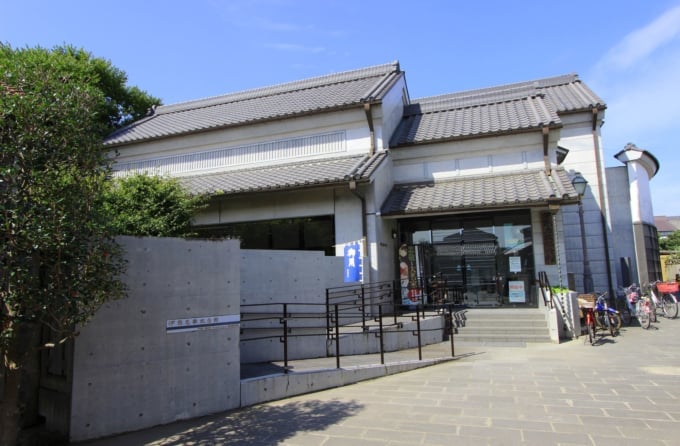
The first sightseeing spot in Sawara is the Tadataka Inō Memorial Museum.
Tadataka Inō is famous for having spent the latter half of his life creating a highly accurate map of Japan—at a time when satellites didn’t exist. Of course, he did all his surveying on foot, traveling along the coastlines of Japan. The total distance he covered reached 35,000 km—about the circumference of the Earth!—a colossal task that took immense time.
He began his surveying work in his 50s, during the second half of his life. Before that, he spent 30 years as the village headman of Sawara. At this spot, you can not only appreciate his surveying expertise and greatness but also learn about his life's journey. Tadataka Inō, who originally lived as an ordinary farmer—how did he come to succeed in such a historic endeavor? Be sure to visit and deepen your understanding.
Was the Map Never Completed?
Tadataka Inō began surveying at what was considered an advanced age, and the work recorded in textbooks spans the 20 years until his death. In the drama “The Road to Taiga,” it is said that "Tadataka Inō never completed the map," and in reality, he passed away before its completion. His disciples and colleagues completed the map in his place.
Though he passed away before completing the project, his surveying skills were beyond question. Had he lived just a little longer, it is believed he would have completed the map himself. For this reason, the work has been recorded in history as “Tadataka Inō’s achievement.”
Tadataka Inō’s Former Residence
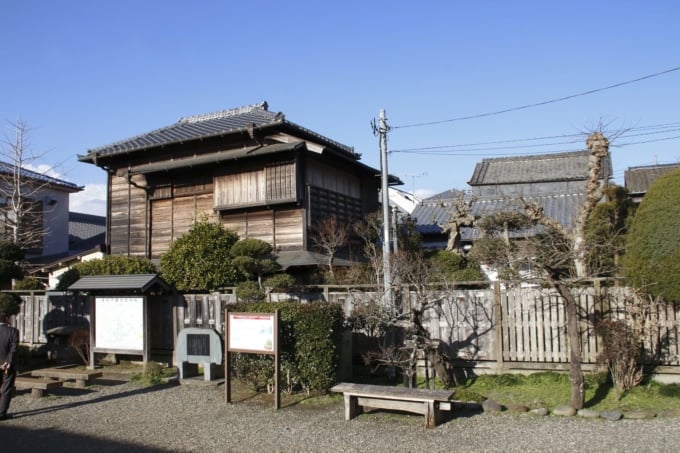
Across the river from the Tadataka Inō Memorial Museum, beyond the Toyohashi Bridge, stands Tadataka Inō’s Former Residence. As mentioned earlier, before gaining fame through surveying, Inō lived as a local landowner in Sawara. This residence is where he spent most of his life.
Tadataka Inō’s former residence is a free sightseeing spot open to the public. Here, you can learn about Inō’s life as a local landowner. The Inō family was not just ordinary villagers—they were a distinguished family in Sawara involved in sake brewing, commerce, and the boat trade of the water town. Sawara was known for strong village autonomy and lacked a ruling samurai class, meaning families like the Inōs held significant power. Observing Tadataka Inō’s lifestyle here offers insight into the lives of commoners during that era.
In addition, the time when Inō lived was marked by frequent famines and natural disasters. He is remembered for his contributions to aiding villagers in such times—another significant legacy beyond surveying. Surely, there are untold stories waiting to be discovered. This is a sightseeing spot full of rare and valuable insights. Be sure to visit it together with the Tadataka Inō Memorial Museum.
About 250 years have passed since Tadataka Inō’s time, and though the house is old, it is beautifully preserved as a symbol of village pride. Fans of Edo-period merchant homes will also appreciate the intricate interior design.
Name: Tadataka Inō’s Former Residence
Address: I 1900-1, Sawara, Katori City
Hours: 9:00 AM – 4:30 PM
Koedo Sawara Boat Tour
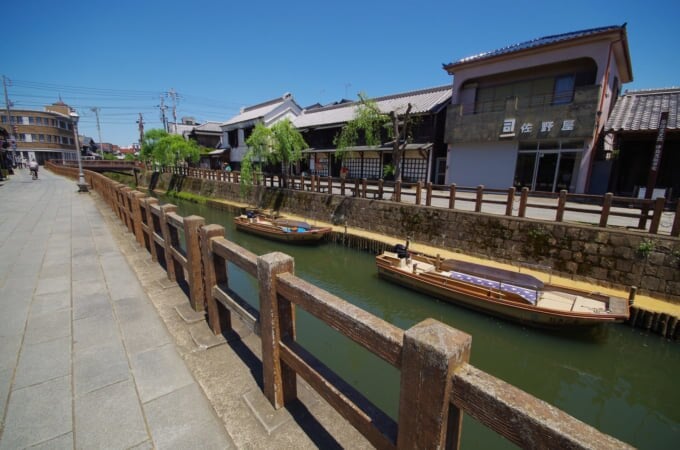
A must-see in Sawara tourism is the Koedo Sawara Boat Tour. Located in the river basins of the Tone River and Onogawa River, Sawara thrived as a water town during the Edo period and served as a crucial hub for water transportation.
Along the Onogawa River, Sawara still retains streetscapes reminiscent of the Edo period, known as "Koedo" (Little Edo). The old buildings that line the flowing river offer a view that seems like a time slip even from the street, but you can enjoy this historic scenery from a boat gliding along the river. This experience is what makes the Koedo Sawara Boat Tour so special.
It's a refreshing boat tour lasting around 30 minutes. In that moment, even in the current Reiwa era, you may witness the same view Tadataka Inō once saw 250 years ago.
Name: Koedo Sawara Boat Tour
Address: I 1730-3, Sawara, Katori City, Chiba Prefecture
Suigō Sawara Ayame Park
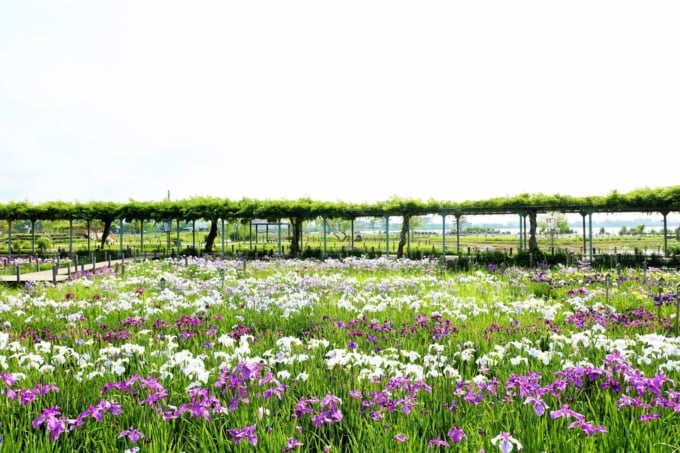
Located to the north of Sawara, Suigō Sawara Ayame Park is a recommended spot for visitors who want to enjoy viewing many types of flowers. The park is beautifully maintained throughout, offering scenic views with bridges and islands across the water—characteristic of a water village. It is also known for its lotus and iris flowers, and you can take a boat ride through waterways decorated with wisteria blossoms.
The park's appearance changes with the seasons. In June, it hosts the Iris Festival, where not only Edo-style varieties but also Higo and Ise-style irises bloom in full across the grounds. With about 400 varieties and 1.5 million blossoms, the vibrant colors created by nature are a feast for the eyes.
In summer, the Lotus Festival features around 300 varieties of lotus, and in winter, the park is illuminated with dazzling displays. Whether visiting in early summer or in the colder months, this is one of the city’s top destinations for seasonal beauty.
Name: Suigō Sawara Ayame Park
Address: 1837-2 Ōgishima, Katori City, Chiba Prefecture
Katori Shrine
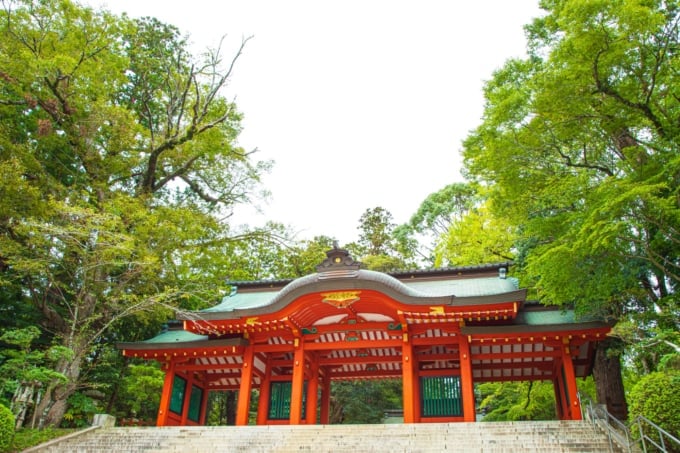
In Katori City, where Sawara is located, you’ll find a historically significant shrine known nationwide. Katori Shrine, located near "Katori Station" (next to Sawara Station), is one of only three shrines traditionally called "Jingū" (Grand Shrine). While there are over 400 Katori Shrines throughout Japan, this one serves as the head shrine of them all.
Katori Shrine is said to have been founded in the era of Emperor Jimmu, Japan's first emperor, dating back to before the Common Era. Revered since the age of gods and mythology, it has long been seen as a guardian shrine and deity of war. In martial arts dōjōs such as kendo halls, scrolls bearing the names "Katori Daijingu" and "Kashima Daijingu" are commonly displayed—with Katori Daijingu referring to this very shrine.
The shrine grounds are vast and referred to as "Katori no Mori" (Katori Forest). The sacred tree is over 1,000 years old, and the surrounding cedar groves, whose ages are beyond imagination, create a deeply spiritual atmosphere. In spring, it is also famous for cherry blossoms. The solemn scenery—sustained by more than 2,000 years of local devotion—creates a mysterious feeling as though you have stepped into a divine realm.
Katori Shrine’s Rich Cultural Assets
As expected of such an esteemed shrine, Katori Shrine houses many historically significant and mystical cultural properties and treasures.
One such object is the sacred stone called Kaname-ishi (Keystone), buried deep in the earth and believed to suppress mythical creatures like dragons and catfish thought to cause earthquakes. There's even a story that Tokugawa Mitsukuni, the famous lord featured in Mito Kōmon, once tried to determine its depth. After digging for seven days, he couldn’t reach the bottom—and by the next morning, the hole had filled itself back in.
The shrine also houses a National Treasure: the Sea Beast Grape Mirror (Kaijū Budōkyō), considered one of Japan’s three greatest bronze mirrors.
Name: Katori Shrine
Address: 1697 Katori, Katori City, Chiba Prefecture
◎Summary of Sawara Sightseeing Highlights
Sawara retains Edo-period townscapes, is surrounded by sacred shrines of ancient origin, and offers many other historical attractions. While it may seem understated, it is actually one of the top sightseeing destinations in Chiba and Ibaraki Prefectures, and an essential location for those touring the filming sites of the drama “The Road to Taiga.”
Sawara is the town where Tadataka Inō, the "Father of the Japanese Map" and legendary surveyor, spent most of his life. As a merchant town that thrived under the name “Water Town,” Sawara remains well-preserved under excellent management to this day, continuing to pass on its legacy and landscape to future generations.
RELATED ARTICLES
REGIONS
CATEGORIES
FEATURED ON Chiba
-
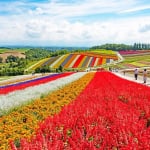
Where will you go for the summer vacation? Introducing recommended spots for domestic travel
-
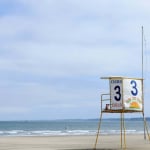
[4-Day Weekend Outings] If You’re in Kanto, Here’s Where to Go! Prefecture-by-Prefecture Low-Crowd Spots
-
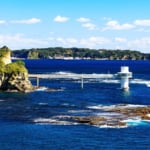
[Chiba Prefecture] Introducing a model 1-night, 2-day sightseeing itinerary for Katsuura!
-
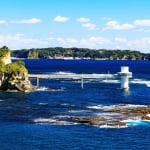
【Chiba Prefecture】Introducing a 2-Day, 1-Night Katsuura Sightseeing Model Course!
-
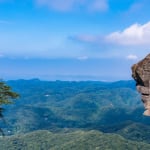
[Chiba Prefecture] Explore Nokogiriyama and Nihon-ji Temple! Experience the Thrill of “Jigoku Nozoki” (Hell Peeking)
MOST POPULAR ON Chiba
-
 1
1Doha: Must-see Attractions in the Capital of Qatar
-
 2
2Toronto: 10 Things to do in this Picturesque Canadian City
-
 3
3Amarillo: A City Famous for It’s Amazing Canyons, Great History and Music
-
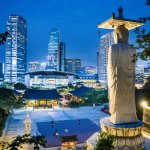 4
4South Korea: Dazzling Scenery, Rich Culture and Fascinating History
-
 5
5Kuwait: A Country in Middle East Asia Famous for Hot Sand Dunes and Stunning Cityscape

